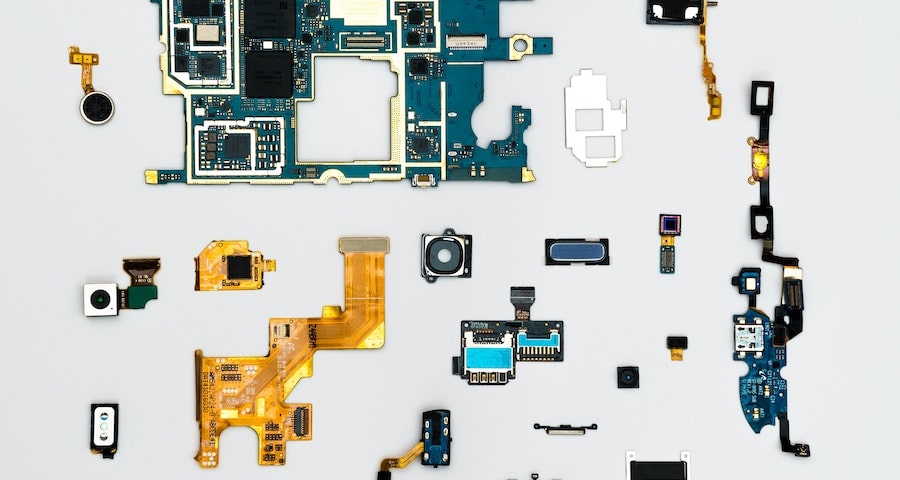
Summer can be unbearable without an air conditioning unit. But what happens when your air conditioning breaks down, or you can’t afford to call a professional to fix it? Well, don’t panic because some AC issues can be solved with a little DIY repair. In this blog post, you’ll learn some simple AC repair tips that you can do at home. These tips will help you save money and keep your air conditioning unit running again.
Contents [show]
Check and Clean the AC Filter
One of the most common causes of air conditioning issues is a clogged filter. A clogged filter restricts airflow, reduces the AC’s efficiency, and can lead to system failure. Hence, it’s essential to clean or replace the filter every 30-60 days, depending on usage and the manufacturer’s recommendation. To clean it, detach the filter and wash it with warm water and some soap then allow it to dry completely before fixing it back.
Clean the AC Condenser Unit
The AC condenser is the unit that’s positioned outside. It’s responsible for releasing the heat generated from your indoor AC system. Therefore, it can get covered in dirt, debris, or vegetation over time and reduce the AC’s efficiency. Cleaning it regularly helps to remove any obstructions, improving the airflow, and avoiding damage to the unit. To clean it, turn off the AC at the breaker box, remove debris and vegetation, and wash the fins with a garden hose.
Clean the AC Air Ducts
Air ducts distribute cool air from the AC throughout the home. However, they can get clogged with dirt, debris, or mold, limiting the airflow and dispersing dirty air inside the home. If you frequently replace your AC filter and still experience weak airflow, you might need to clean the air ducts. You can clean the ducts by using a vacuum cleaner with a brush attachment to remove the dirt, dust, or debris.
Check and Replace the AC Thermostat
Often, an AC unit might not turn on or off simply because of a faulty thermostat. If the thermostat’s sensor is damaged or doesn’t work correctly, it can lead to irregular temperature readings, which affect the AC’s operation. To check the thermostat’s efficiency, you can place it next to a thermometer and measure any temperature differences. If it’s faulty, you can replace it with a new one.
Check and Recharge the AC Refrigerant
Lastly, if the AC system has a coolant leak, it can affect the unit’s efficiency, cause a raucous sound, or lead to a total system breakdown. Normally, the coolant requires recharge after every few years. To recharge it, turn off the AC unit, connect the refrigerant gauge to the low side AC refrigerant line, and recharge the refrigerant for the recommended time period.
Conclusion
DIY AC repair doesn’t have to be complicated, and you don’t have to be an expert to handle some simple air conditioning repairs at home. These tips will help you maintain your AC unit, improve efficiency, save money, and keep your home cool during hot months. However, if you notice a severe issue or you’re not sure about a specific repair, it’s always best to seek a professional’s help.
